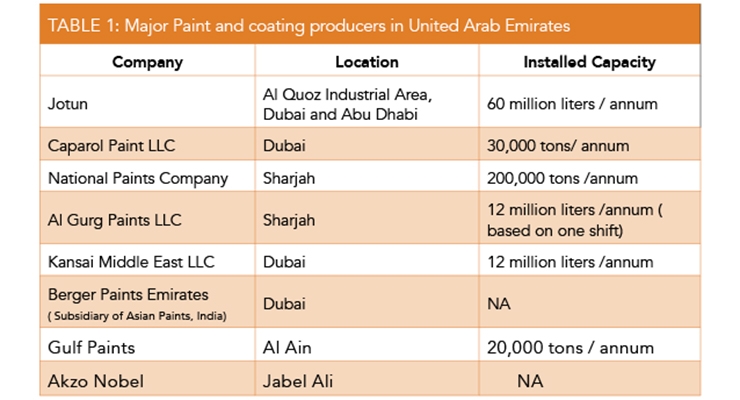Seasonal Considerations For Industrial Outside Painting: What You Required To Know
Seasonal Considerations For Industrial Outside Painting: What You Required To Know
Blog Article
exterior paint color consultant online -Korsholm Skafte
When you're planning a business exterior paint job, seasonal factors can make or break your outcomes. You'll want to think about just how temperature and humidity effect paint application and drying out times. Choosing the right period can guarantee your paint adheres appropriately and lasts longer. But which seasons are truly the most effective for this sort of job? Allow's discover the crucial elements that can influence your project's success.
The Impact of Temperature Level on Paint Application
When you're planning a business exterior paint task, the temperature can dramatically affect just how well the paint sticks and dries.
Ideally, you want to paint when temperature levels vary in between 50 ° F and 85 ° F. If it's also chilly, the paint might not cure effectively, causing issues like peeling off or fracturing.
On https://www.sandiegomagazine.com/home-tours/8-favorite-paint-colors-of-local-interior-designers/article_950f820c-5f71-11eb-bf3e-b7de6e3afeb3.html , if it's too warm, the paint can dry out as well swiftly, stopping correct adhesion and resulting in an irregular surface.
You must also take into consideration the time of day; morning or late afternoon provides cooler temperatures, which can be a lot more beneficial.
Always examine the supplier's recommendations for the certain paint you're using, as they commonly supply advice on the suitable temperature level array for optimal results.
Moisture and Its Effect on Drying Times
Temperature isn't the only ecological factor that affects your commercial outside painting job; moisture plays a substantial duty as well. High moisture degrees can reduce drying times significantly, influencing the total quality of your paint job.
When the air is saturated with moisture, the paint takes longer to treat, which can result in concerns like inadequate attachment and a greater threat of mildew growth. If interior house painters on an especially damp day, be prepared for extended wait times in between layers.
It's important to keep track of regional weather conditions and strategy accordingly. Preferably, aim for moisture levels in between 40% and 70% for ideal drying out.
Keeping these factors in mind guarantees your project remains on track and delivers a long-term surface.
Best Seasons for Commercial Outside Paint Projects
What's the best season for your commercial exterior paint projects?
Spring and early fall are usually your best choices. During these periods, temperature levels are mild, and moisture degrees are frequently reduced, creating ideal conditions for paint application and drying out.
Avoid summer's intense heat, which can trigger paint to completely dry as well swiftly, causing bad attachment and coating. In a similar way, winter season's cold temperature levels can prevent appropriate drying out and curing, risking the longevity of your paint task.
Go for days with temperature levels in between 50 ° F and 85 ° F for ideal outcomes. Bear in mind to check the local weather report for rain, as wet conditions can ruin your task.
Preparation around these elements guarantees your paint job runs smoothly and lasts much longer.
Conclusion
Finally, preparing your industrial exterior painting jobs around seasonal factors to consider can make a significant difference in the outcome. By scheduling job throughout the excellent temperature levels and humidity degrees, you'll make sure far better attachment and drying out times. Remember to watch on local weather forecasts and pick the correct time of year-- spring and early autumn are your best bets. Taking these steps will help you accomplish a resilient and professional surface that lasts.
